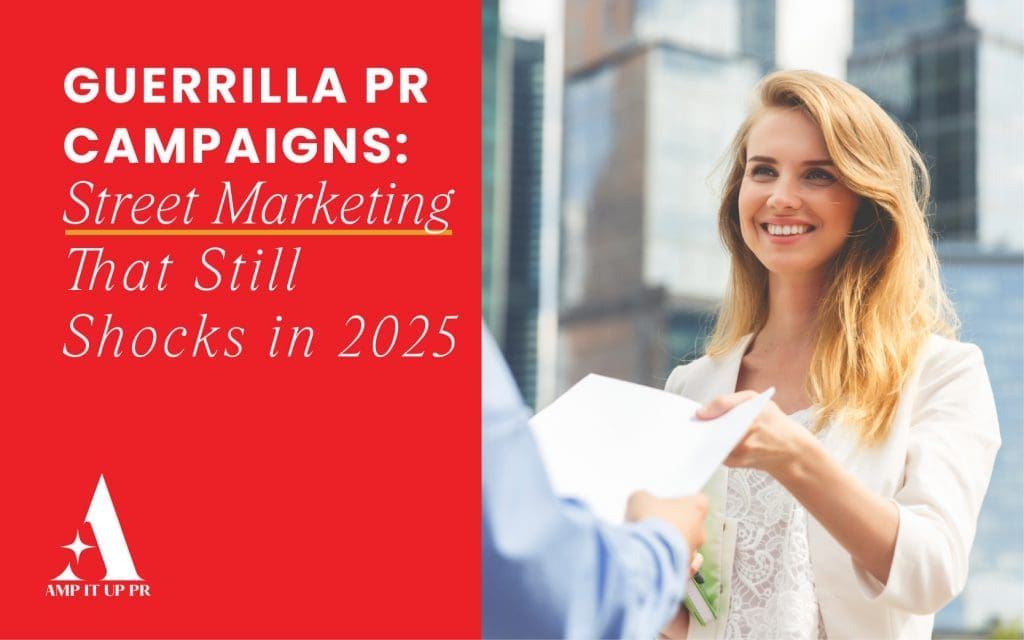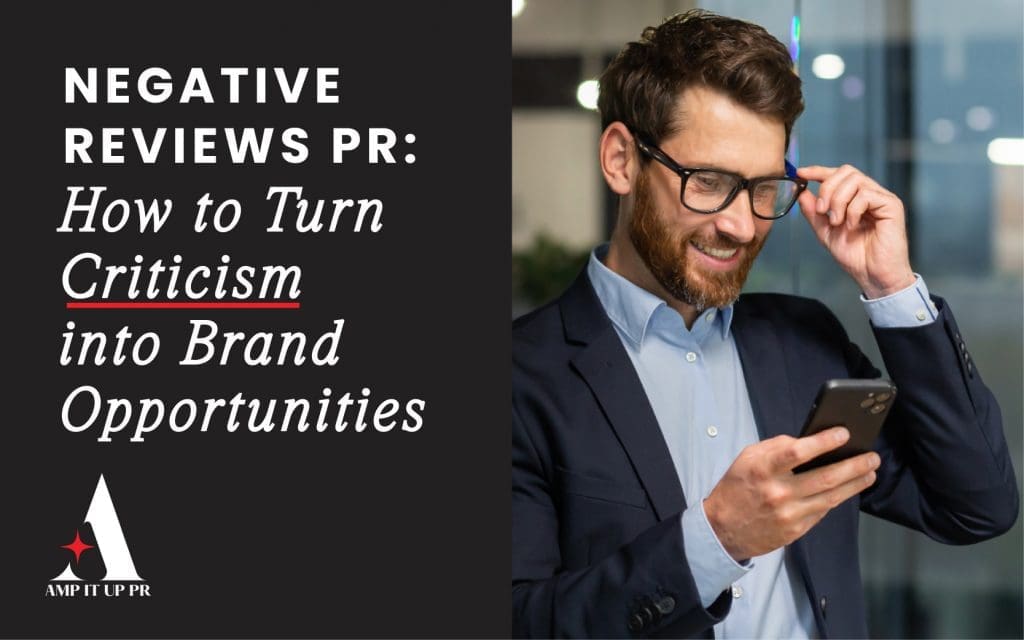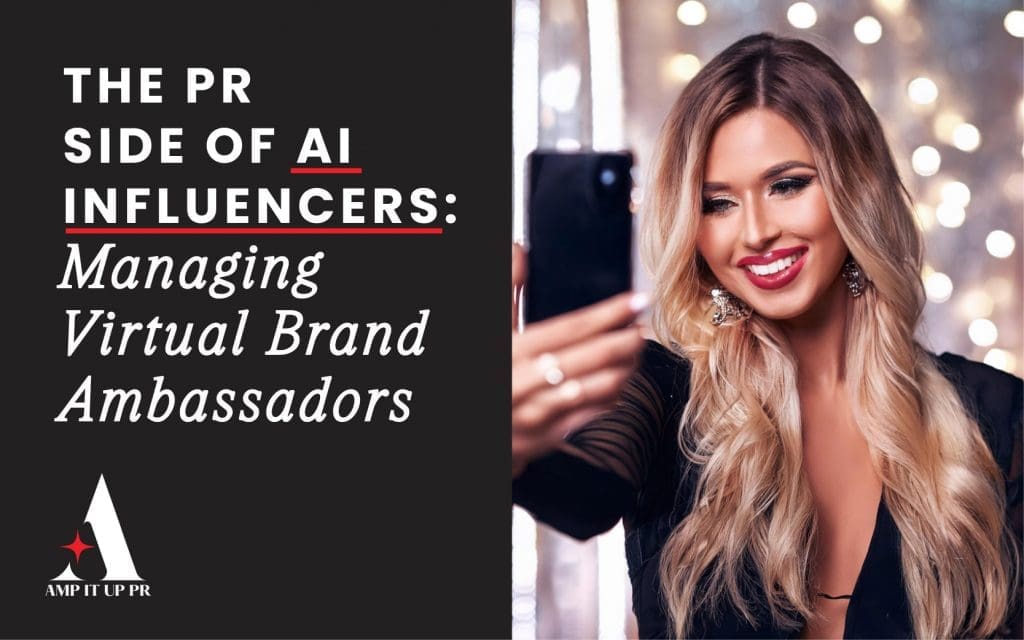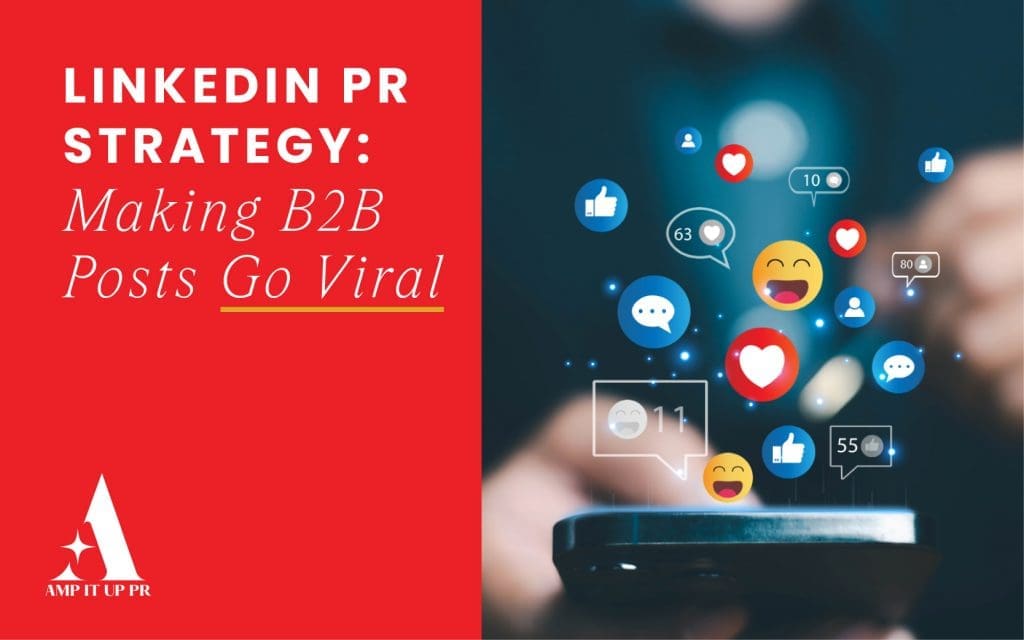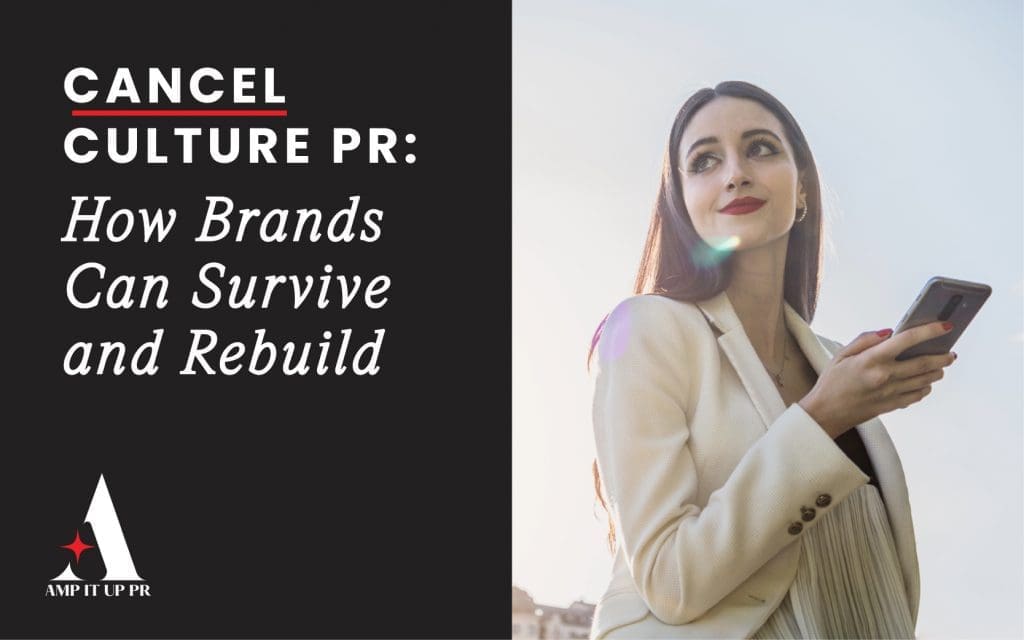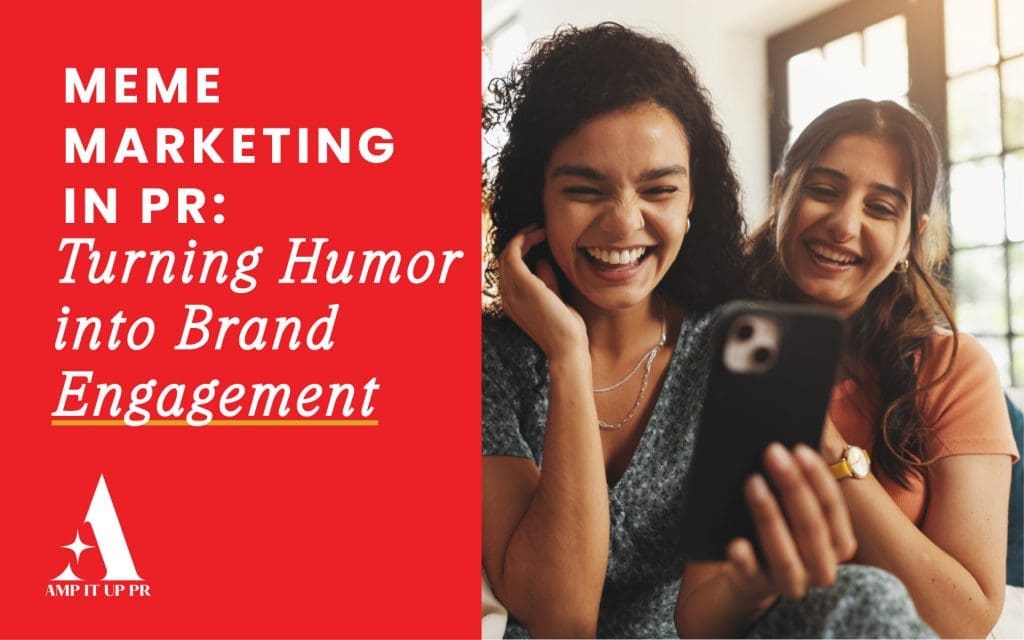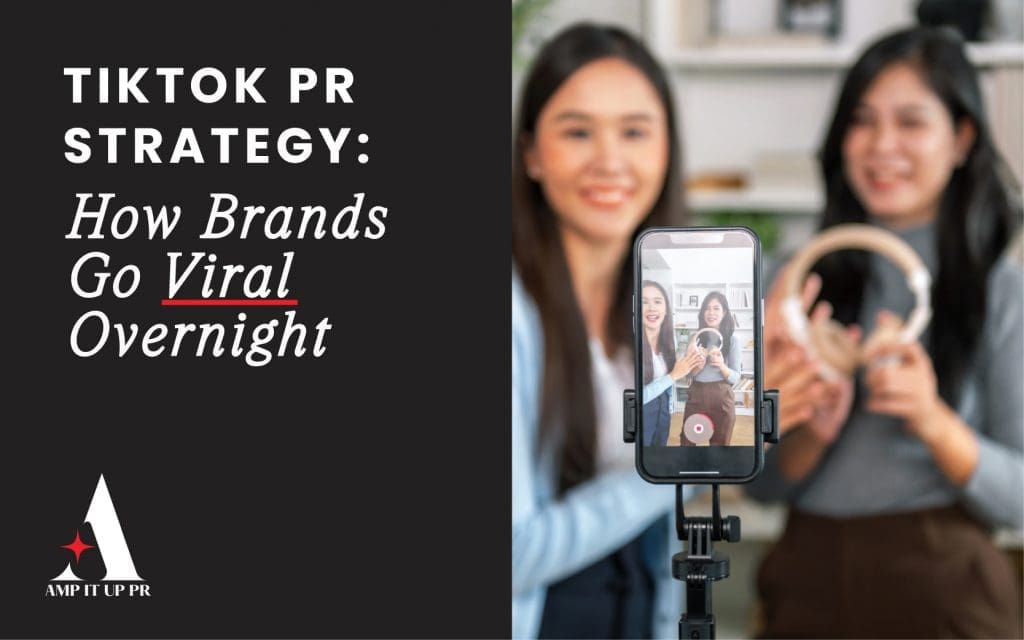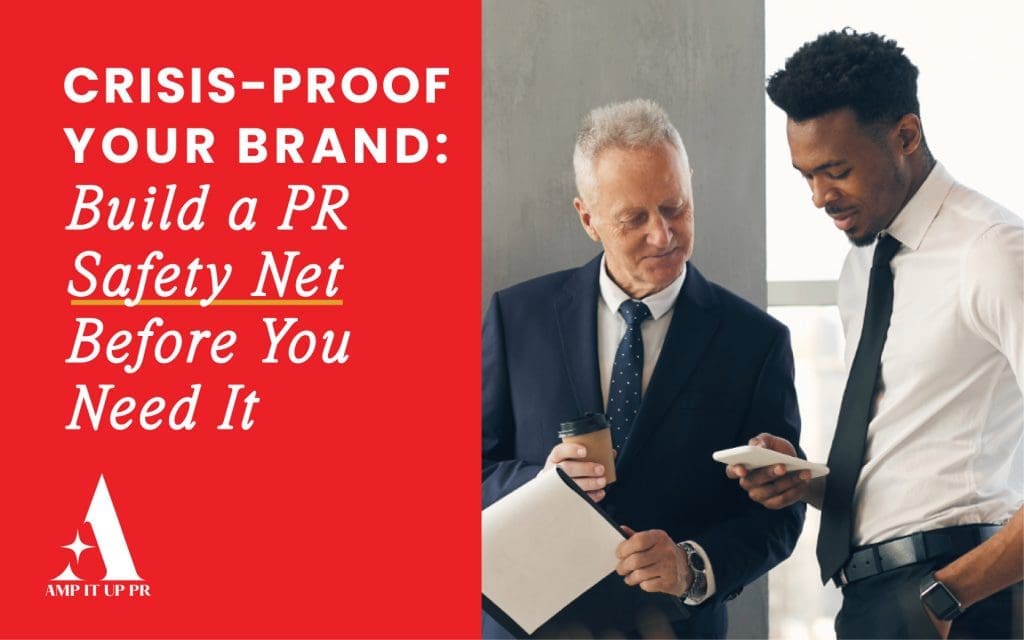NOTHING spreads faster than a mistake. A poorly worded tweet, a tone-deaf campaign, or a defensive brand response can spark outrage and dominate headlines overnight. These viral PR fails are painful for the companies involved, but they also serve as powerful case studies for the rest of us.
The challenge is that in 2025, brands no longer control the narrative the way they once did. Social media ensures that every customer with a smartphone has the power to amplify mistakes. What might once have been a small local backlash can now trend globally within hours. That’s why studying viral PR fails isn’t about schadenfreude—it’s about learning what went wrong and how to avoid similar pitfalls.
At AMP IT UP PR, we believe that the strongest reputation strategies are proactive, not reactive. By analyzing these high-profile missteps, we help brands design communications strategies that prevent errors from spiraling into crises and ensure that when mistakes happen, recovery is possible.
Why PR Fails Go Viral
Not every mistake becomes a viral sensation. Some issues remain contained, while others explode. The difference usually comes down to timing, tone, and cultural context.
When a brand is seen as out of touch with social issues, audiences amplify criticism. When responses are defensive rather than empathetic, the backlash intensifies. And when a company fails to act quickly, the narrative is shaped by others, often to its detriment.
The truth is, a viral PR fail isn’t just about the initial mistake—it’s about how it’s handled. Audiences can forgive errors, but they rarely forgive arrogance, evasion, or silence.
Case Study 1: Pepsi and the Protest Ad
In 2017, Pepsi released an ad featuring Kendall Jenner diffusing a protest by handing a police officer a soda. What the brand intended as a message of unity was criticized as trivializing real social justice movements. The backlash was immediate and global, forcing Pepsi to pull the campaign within 24 hours.
The lesson? Cultural sensitivity is non-negotiable. Brands cannot co-opt serious issues without genuine alignment and credibility. The Pepsi ad became a textbook example of how tone-deaf messaging can spark one of the biggest viral PR fails of the decade.
Case Study 2: United Airlines and Passenger Removal
Also in 2017, United Airlines faced massive backlash after a video showed security forcibly removing a paying passenger from an overbooked flight. The company’s initial response—referring to the incident as “re-accommodating passengers”—was criticized as cold and evasive.
The combination of disturbing visuals and poor crisis communication made the story go viral, costing the airline an estimated $1.4 billion in market value within days. United eventually recovered by issuing stronger apologies and policy changes, but the damage lingered.
The takeaway: words matter. In a crisis, empathy and accountability must come first.
Case Study 3: Burger King’s “Women Belong in the Kitchen” Tweet
On International Women’s Day in 2021, Burger King UK tweeted “Women belong in the kitchen.” The intention was to highlight a scholarship program for female chefs, but the provocative setup was met with outrage before the second half of the campaign could even be explained.
Even after clarifications, the backlash forced the brand to delete the tweet and apologize. The failure lay in execution: the shock-value phrasing overshadowed the intended positive message.
The lesson? Cleverness should never come at the expense of clarity. Audiences see the first impression before the full explanation.
Case Study 4: Balenciaga’s Controversial Campaign
In 2022, Balenciaga released ad imagery featuring children holding teddy bears dressed in BDSM-inspired outfits. The brand quickly faced accusations of sexualizing children, sparking one of the most intense PR crises in luxury fashion.
Balenciaga’s slow and defensive response made the backlash worse, leading to lawsuits, celebrity disavowals, and long-term reputational damage. This became a classic example of how artistic risk-taking can cross lines if not carefully vetted.
The takeaway: shock for shock’s sake is dangerous. Creative freedom must always be balanced with ethical responsibility.
Common Threads in Viral PR Fails
Looking across these cases, several themes emerge. The most common causes of viral PR fails include:
-
Cultural insensitivity: Misreading social issues or exploiting movements for marketing purposes.
-
Poor crisis communication: Using jargon, deflection, or slow responses instead of empathy and accountability.
-
Tone-deaf execution: Relying on provocation or “edgy” humor that misfires.
-
Failure to test messaging: Skipping focus groups, diversity reviews, or scenario testing that might have flagged issues.
These patterns reinforce one central truth: prevention is always cheaper than damage control.
How Brands Can Prevent Viral PR Fails
No brand is immune to mistakes, but there are proven ways to minimize risk. Building an internal review process that includes diverse perspectives helps catch blind spots. Preparing holding statements and crisis protocols ensures speed in response. Using social listening tools allows PR teams to monitor sentiment in real time and intervene early.
Most importantly, brands must stay rooted in authenticity. Audiences are quick to spot when a campaign doesn’t align with a company’s values. PR isn’t about being clever for its own sake—it’s about telling stories that resonate honestly.
Turning Failure Into Recovery
Even the biggest viral PR fails can be opportunities for redemption if handled well. After its disastrous ad, Pepsi admitted its failure, withdrew the campaign, and refocused on less controversial messaging. United Airlines, after its crisis, overhauled its passenger policies to prevent future incidents.
The recovery process requires three steps: acknowledge the mistake, demonstrate change, and consistently rebuild trust over time. While the sting of failure may linger, transparency and tangible action can help brands regain credibility.
AMP IT UP PR: Helping Brands Avoid PR Fails
At AMP IT UP PR, we know that in the age of instant virality, brands cannot afford sloppy messaging or unprepared responses. Our work goes beyond crafting campaigns—we help companies build reputational safety nets. That means cultural intelligence, scenario planning, and monitoring systems that reduce the risk of missteps.
And when mistakes do happen, we guide brands through rapid-response strategies that minimize damage and lay the groundwork for recovery. Because ultimately, the measure of a brand is not whether it avoids failure entirely, but how it responds when the spotlight turns critical.
Fails Are Lessons, Not Endings
PR fails can feel catastrophic in the moment, especially when they go viral. But history shows they don’t have to be permanent scars. They can be warnings, lessons, and in some cases, turning points for stronger communications.
The brands that thrive in 2025 will not be those that never stumble—they will be those that prepare, listen, and act with empathy when mistakes happen. By studying viral PR fails, every company has the chance to learn without paying the price of being the headline.
👉 Ready to safeguard your brand from the next viral storm? Checkout our services, learn about our team on Our Team page, or Book a Consultation with us to explore how we can elevate your brand. For a custom quote, check out our Get a Quote page, or reach out directly via our Contact Us page to start amplifying your brand’s presence. Let’s work together to amplify your brand!

